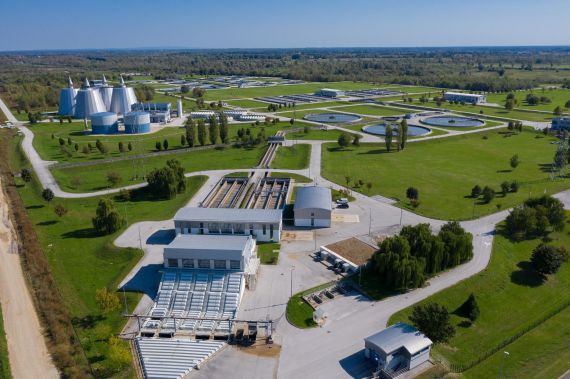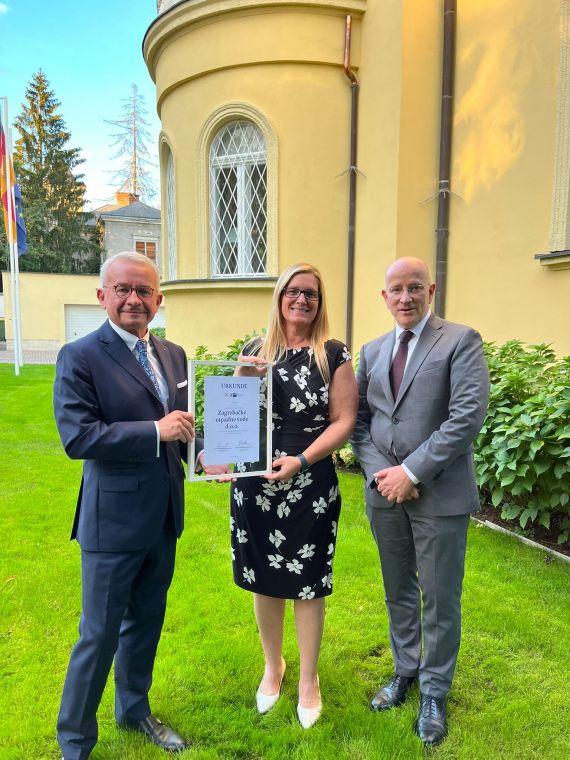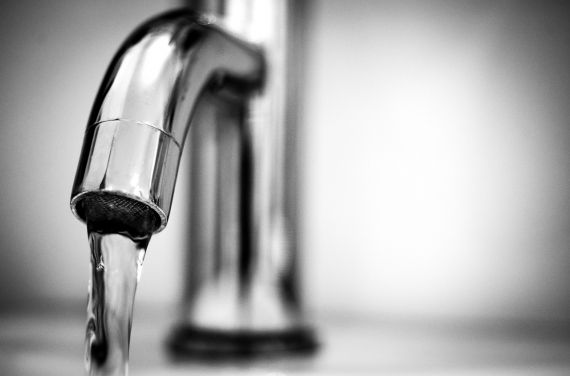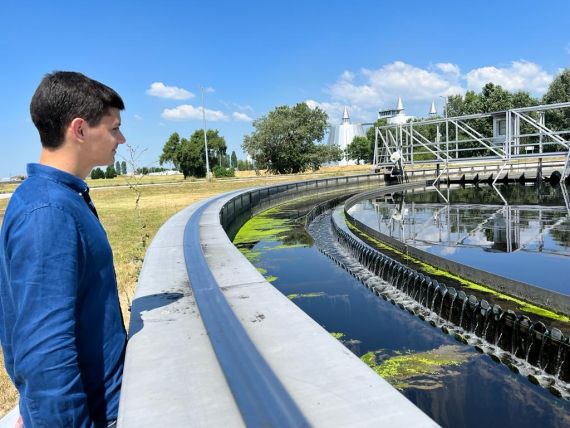Published: 9.10.2023.
The article was edited and published by Andrea Božić
The odours which are emitted as a result of industrial and agricultural activities, such as animal farms, wastewater treatment plants, and oil refineries, can result in poor air and water quality, thus endangering personal health and safety. Wastewater treatment experts have recognized the need to solve the problem of odours, as one of the primary problems when designing and operating wastewater collection and treatment facilities. Any site or process where wastewater is collected, transported or treated has the potential to create and release unpleasant odours into the environment.
Most odour problems occur in collection systems, in primary treatment plants, and in solid-waste treatment plants. In most cases, the odours associated with collection systems and primary treatment plants are generated as a result of an anaerobic or "septic" condition. Under anaerobic conditions, microorganisms present in wastewater do not have any dissolved oxygen available in order to breathe, and thus microorganisms, such as sulphate-reducing bacteria, thrive. This type of bacteria uses the sulphate ion, which is present in most water, to breathe and survive. The by-product of this activity is hydrogen sulphide gas, which has a low solubility in waste water, and can be recognized by the intense smell of rotten eggs.
Technologies for odour removal treatment can be classified into three categories, namely: chemical technology, that includes processes such as thermal and catalytic oxidation and ozonation; physical technology using condensation, adsorption and absorption processes; and biological technology that includes the use of biofilters. The advantage of biological technology over the other technologies mentioned is that biological processes can take place at temperatures from 10 to 40 °C and at atmospheric pressure, which significantly saves energy. Also, microbial decomposition processes are oxidative in nature, and the end products are environmentally acceptable.
Biofilters are fixed bioreactors containing active immobilized microorganisms. Harmful gases pass through the porous material, and biological oxidation occurs after the unwanted compounds are diffused into the biofilm formed by microflora. Biofiltration technology was developed more than a hundred years ago, and its many applications usually differ depending on the filtering media used (soil, compost...) and on the type of construction of the biofilter (buried or in a tank above ground, covered or uncovered).
The first step in the biofiltration process is the transfer of pollutants from the gaseous to the liquid phase. The transfer phase is followed by biodegradation. A biofilm, that is, a mass of microorganisms, performs metabolic activities that transform the pollutant into harmless products. In order that a particular material can be used as a filter, it is necessary that it has a large, specific surface, which enables the establishment and maintenance of microflora, and a high porosity in order to facilitate the convection of gases and to encourage a homogeneous distribution of gases. It is also necessary to ensure good water retention, in order to avoid dehydration of the filter bed, and to ensure the presence and availability of intrinsic nutrients. This process is aimed at removing odours such as ammonium hydroxide, disulphide and hydrogen sulphide, which are released by the processing of food waste, as well as from wastewater treatment plants, composting, and similar processes.
The advantages of biofilters are the low investment and operating costs, the absence of secondary waste streams, a low fall in pressure and the ability to process large quantities of low-concentration odorous substances. The main disadvantages of this process include the difficult control of moisture and pH values, the low efficiency of treatment of highly concentrated pollutants, and deterioration of the filter material due to "clogging" of the filter, which results in frequent replacement of the filter.
Written by: Petra Vukovinski, Univ. bacc. Applied Chemistry
Sources:
- Barbuinski, K. Kalemba, D. Kasperczyk, K. Urbaniec, V. Kozik, Biological methods for odor control, Silesian University of Technology, Gliwice, Poland (2017)
- Ghawi, Design of Biofilter Odor Removal System for Conventional Wastewater Treatment Plant. Journal of Ecological Engineering 19 (2018)







